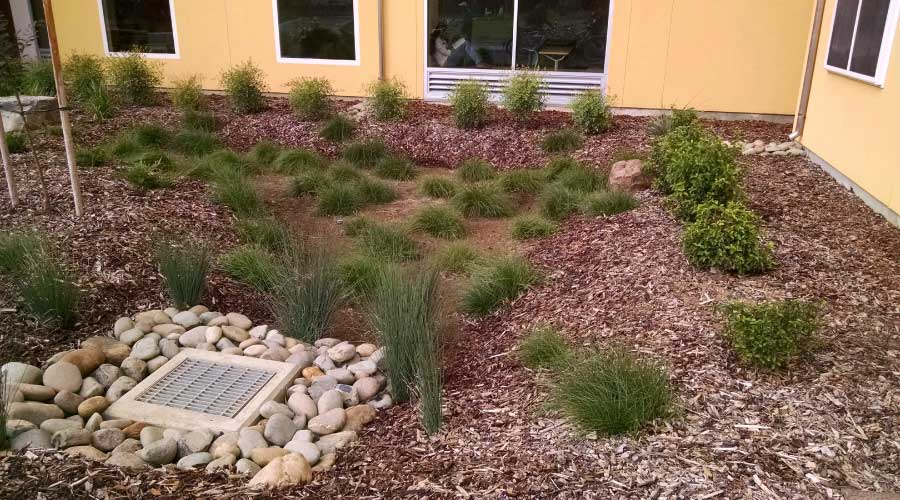Government Bodies Target Greening Existing Buildings
Since the launch of the LEED rating system 10 years ago, projects owned or occupied by government entities have made up nearly one-third of all LEED projects. And government entities at the federal, state and local levels are continuing to implement the U.S. Green Building Council's (USGBC) LEED green building rating system across their existing portfolios.
The existing building market is 80 times larger than the new construction market. Unfortunately, the majority of the buildings that dot our land and cityscapes are not efficient in terms of energy and water, and are creating more than their fair share of greenhouse gas emissions. Making improvements to existing buildings has the potential to contribute billions of dollars to the economy, have a major impact on reducing greenhouse gas emissions, and help building owners and facility managers significantly cut costs and manage operating expenses.
The American Recovery and Reinvestment Act (ARRA), which was signed into law last February, allocates more than $22 billion for energy efficiency projects, enabling federal, state and local governments to jump-start green building efforts, create green jobs, and save energy and money.
The U.S. General Services Administration (GSA), the nation's largest landlord, will spend $3.1 billion of ARRA funds on more than 200 high-performance building modernization projects, many of which will pursue LEED certification. California is already underway with a program to certify more than 50 state buildings and will use ARRA funds to implement energy efficiency retrofits across its portfolio. Los Angeles, San Jose, Portland, Ore., and Dallas are among several cities developing plans for portfolio-wide green operations and maintenance projects.
Government green building projects help raise public awareness and provide training opportunities for consultants and contractors. Government-owned new construction and major renovation projects are serving as proving grounds where practitioners gain experience on some of the first green projects in their market. Government purchasing power has also driven businesses to tailor products and services to the needs of green building projects.
More than 200 local governments now have LEED initiatives in place, and increasingly are enacting creative and wide-ranging policies that strengthen the market for green building and incentivize sustainable development. State and local governments in places like California, Washington, D.C., and New York City have recently enacted laws requiring building energy rating and disclosure.
At the heart of the effort to implement green building at the government level, USGBC will hold its seventh annual Federal Summit, May 18-19 in Washington, D.C. The summit will feature leaders in government sustainability and will offer attendees policy discussions, education, networking and opportunities to make the most of federal funding from the economic stimulus act for public green building projects.
Related Topics:














